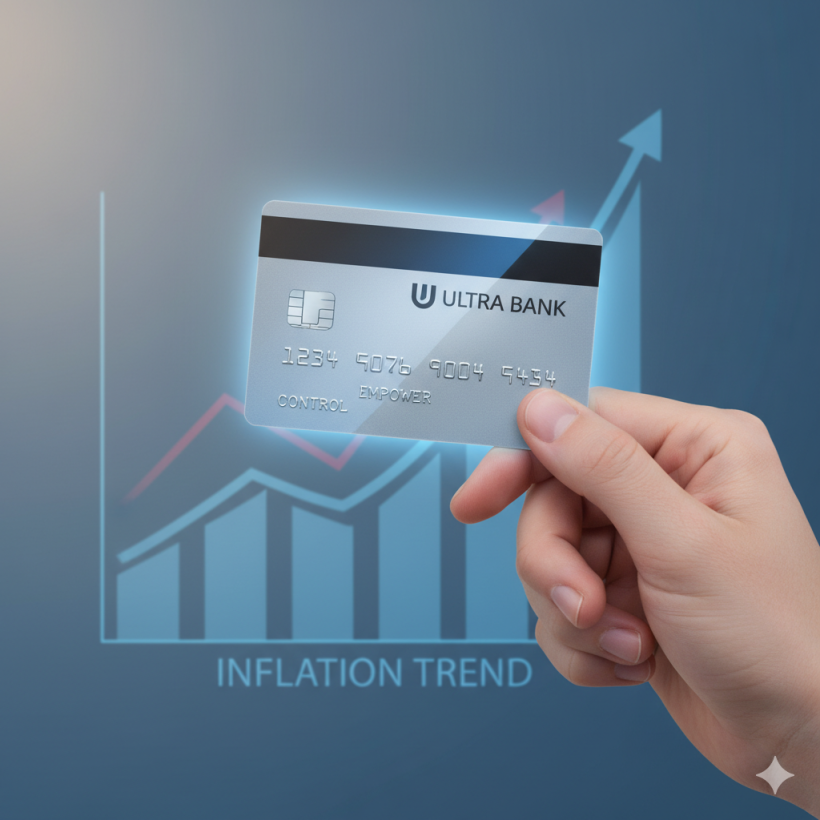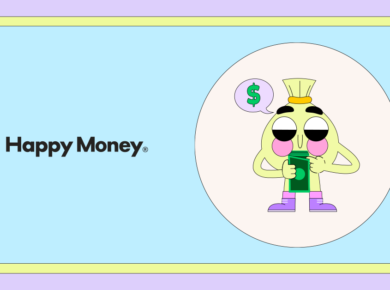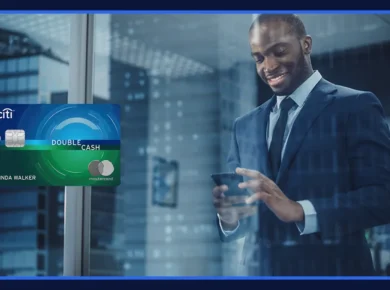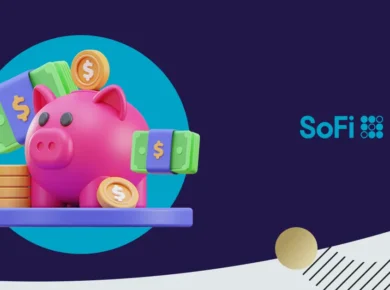It’s time to learn how to use your cashback rewards to beat inflation, or at least lessen its sting
It’s a feeling we all know: you go to the store to buy your usual items, and the total at the register is higher than it was last month. That’s inflation, and it slowly eats away at your purchasing power. While it might feel like a problem only economists can solve, you have a surprisingly simple tool in your personal finance toolkit to fight back. It’s time to learn how to use your cashback rewards to beat inflation, or at least lessen its sting.
What Exactly Is Cashback (And How Does It Work)?
In simple terms, cashback is a reward or rebate you get after making a purchase. Think of it as a small refund on things you were going to buy anyway. This reward is most commonly offered by credit card companies, but you can also earn it through debit cards, specialized apps, and online shopping portals.
- Credit Cards: This is the most popular method. You might earn a flat rate (like 1.5% or 2%) on every purchase, or higher percentages in specific categories like groceries, gas, or dining.
- Apps & Portals: Services like Rakuten or Ibotta partner with retailers. You click through their app or website before shopping, and you earn a percentage of your purchase back, which is paid out to you later.
- Debit Cards: Some checking accounts offer cashback on debit card purchases, though this is less common and the percentages are often lower than with credit cards.
Why Cashback Is Your Secret Weapon Against Inflation
When prices rise, every dollar buys a little bit less. Cashback works by giving you a small piece of that dollar back. While it might seem small, it directly counters the effect of inflation on your budget.
Imagine inflation is at 3% for the year. This means that, on average, what cost you $100 last year now costs $103. But if you use a cashback card that gives you 2% back on all purchases, you’d earn $2.06 back on that $103 purchase. Your “net” cost is now $100.94. You didn’t beat inflation, but you cut its impact by more than half. Over a year of spending, this adds up to real money that stays in your pocket, and it’s one of those easy saving habits that can make a difference.
Smart Strategies to Maximize Your Cashback
Getting cashback is good, but getting the most cashback is even better. Here are a few simple strategies to maximize your rewards without changing your spending habits.
1. Use the Right Card for the Right Purchase
Don’t just use one card for everything. Identify your biggest spending categories. If you spend a lot on groceries and gas, find a card that offers high rewards (like 3% or 5%) in those specific categories. Use a different, flat-rate card (like 2%) for all other purchases. This “category matching” is the single best way to boost your earnings.
2. Stack Your Rewards
You can often “double-dip” on rewards. Before you shop online, click through a cashback portal like Rakuten first, and then pay with your favorite cashback credit card. You’ll earn the rewards from the portal in addition to the rewards from your card. This is a powerful way to turn 2% back into 5% or even 10% back during special promotions.
3. Pay Your Bill in Full, Every Month
This is the golden rule. Cashback rewards are completely wiped out if you carry a balance and pay high credit card interest. Interest rates (often 20% or more) are much, much higher than any reward you can earn. Only use cashback credit cards for purchases you can afford to pay off in full each month. Otherwise, the math works against you, not for you.
4. Focus on Your Biggest Spending Buckets
Look at where your money actually goes. For most people, the biggest categories are housing, transportation, and food. While you can’t always get cashback on your rent or mortgage, you absolutely can on groceries, gas, and dining out. Focusing your strategy on these big, recurring expenses will yield the biggest returns. It’s a key part of smarter spending.
What to Do With Your Cashback Earnings
Your rewards have arrived—now what? The worst thing to do is let them get absorbed back into your everyday spending without a plan. Instead, be intentional.
- Apply It as a Statement Credit: This is the most direct way to save. It simply lowers your credit card bill, freeing up cash in your budget.
- Transfer to a Savings Account: Move your cashback earnings directly into a high-yield savings account. This way, your rewards start earning interest, fighting inflation on a second front.
- Pay Down Debt: Use the extra cash to make an extra payment on a student loan, car loan, or other debt.
A Realistic Look: Can Cashback Really Beat Inflation?
Let’s be clear: earning 2% cashback won’t make you rich, and it might not fully cancel out a 5% inflation rate. However, that isn’t the point. The point is to be proactive. In personal finance, winning is often about making a series of small, smart decisions that add up over time.
Using cashback strategically is a simple, low-effort way to reduce the impact of rising prices. It’s about making your money work smarter and taking back some control. Instead of just accepting that prices are higher, you’re actively offsetting a portion of that increase with every swipe. That’s a powerful shift in mindset and a solid financial habit to build.
So the next time you feel discouraged by a high receipt, remember your cashback strategy. It’s a practical, effective tool to help you fight back and keep more of your hard-earned money.
With Black Friday just around the corner, it’s the perfect time to plan your purchases. Make sure to review your cards and choose the one that offers you the best cashback. Using the right card for those big deals can mean getting a significant percentage of your spending back, turning your discounts into even bigger savings.






